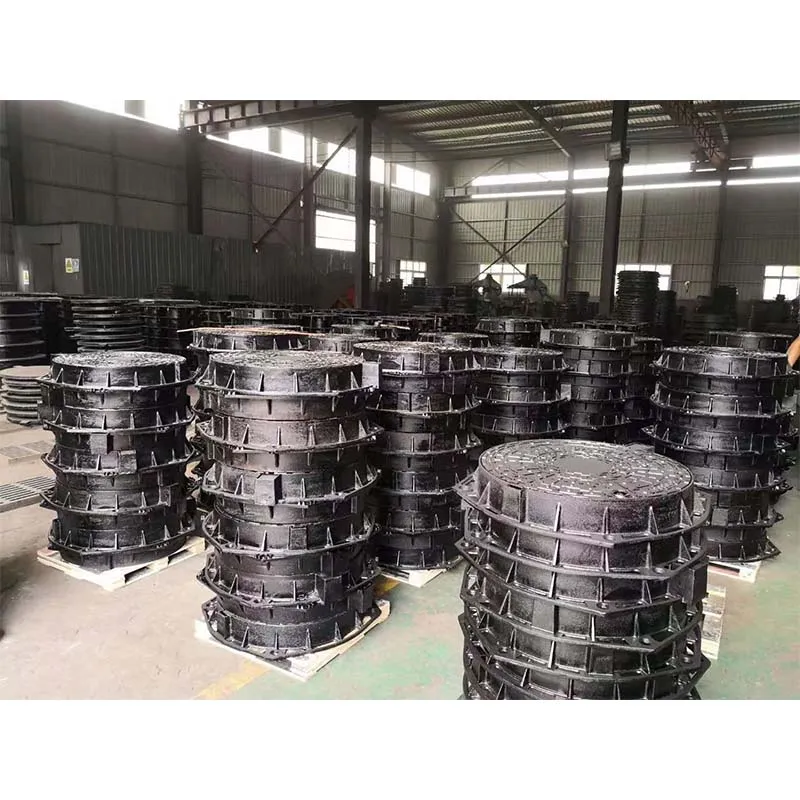Single Flange Butterfly Valve Design and Applications for Fluid Control Systems
Single Flange Butterfly Valve An Overview
The single flange butterfly valve is an essential component in various industrial applications, known for its simple yet effective design. This type of valve is widely used for regulating flow in pipelines and is recognized for its compact structure, ease of installation, and maintenance. Its operation is based on a disc pivoting around a central axis, allowing for quick opening and closing of the flow path.
Design and Construction
A single flange butterfly valve typically features a circular disc mounted on a shaft, which is placed in the center of the valve body. The valve's unique design enables it to rotate open or closed, with the flow direction determined by the orientation of the disc. The single flange configuration means that there is just one flange connection on the valve, which simplifies installation and allows for a more compact installation footprint compared to double flange designs.
These valves are often made from durable materials like stainless steel, cast iron, or PVC, which makes them suitable for various environments, including water treatment, HVAC systems, and chemical processing. The choice of material generally depends on the fluid characteristics and operational conditions. For example, stainless steel valves are preferred for highly corrosive fluids, while PVC valves may be chosen for lightweight applications.
Installation and Maintenance
One of the primary advantages of a single flange butterfly valve is its straightforward installation process. The single flange design facilitates easy mounting onto pipelines, requiring fewer bolts and hardware compared to more complex valve configurations. This can significantly reduce installation time and labor costs.
single flange butterfly valve

Maintenance of these valves is also relatively simple. The valve’s construction minimizes the number of moving parts, which reduces wear and tear and prolongs its lifespan. Regular inspection is advised to check for leaks and to ensure that the disc operates smoothly without obstruction. Should the valve become clogged or worn, replacement of the disc or cleaning of the valve body is typically all that is necessary.
Applications
Single flange butterfly valves are versatile and can be found in a wide range of applications across different industries. They are commonly used in water distribution and wastewater treatment facilities, where they help manage flow rates and pressure levels. In the HVAC sector, these valves regulate airflow in ducts, contributing to the system's overall efficiency.
In the food and beverage industry, single flange butterfly valves are employed due to their hygienic design, which minimizes the risk of contamination. Additionally, they are also beneficial in the chemical industry for controlling the flow of corrosive substances. The ability to choose from a variety of materials ensures that the valves can be tailored to meet specific operational needs.
Conclusion
In conclusion, the single flange butterfly valve offers an effective solution for flow control across many industries. Its ease of installation, minimal maintenance, and adaptability make it a preferred choice among engineers and operators. As industries continue to evolve, the demand for reliable and efficient flow control solutions like the single flange butterfly valve is likely to grow, highlighting the valve's importance in modern engineering applications.
-
Square Sewer Cover Enhances Urban SafetyNewsAug.01,2025
-
Pipe Fitting Requires Precise AlignmentNewsAug.01,2025
-
Manhole Step Is DurableNewsAug.01,2025
-
Manhole Cover Is Found WorldwideNewsAug.01,2025
-
Hole Cover Frame On RoadsNewsAug.01,2025
-
Gully Grate Improves Road SafetyNewsAug.01,2025
-
Man Hole Cover Round Load CapacityNewsJul.31,2025
